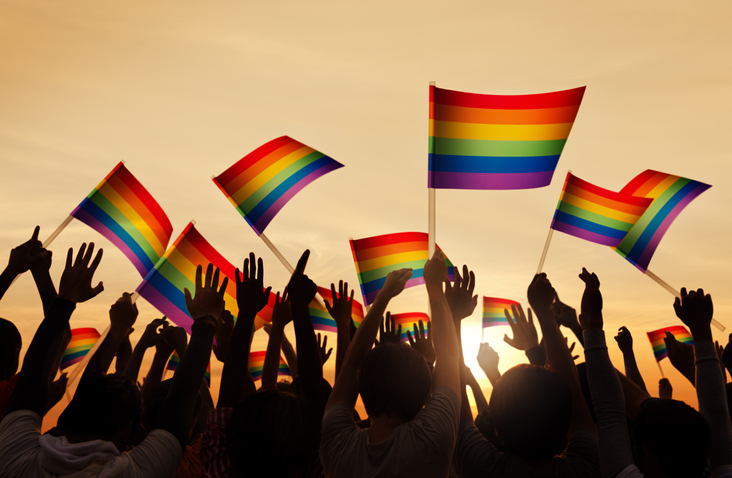During 2018, members of the advocacy group CT Equality traveled around the state to listen to members of the lesbian, gay, bisexual, transgender, and queer or questioning (LGBTQ) community talk about their challenges and concerns about life in Connecticut.
![]() The conversations, said Rep. Jeffrey Currey, D-East Hartford, deputy majority leader who attended one of the meetings in Hartford, had common themes, including a need for additional services and programs.
The conversations, said Rep. Jeffrey Currey, D-East Hartford, deputy majority leader who attended one of the meetings in Hartford, had common themes, including a need for additional services and programs.
Among other tangible efforts during the legislative session that ended June 5, such as a ban on the so-called “gay panic defense,” the conversations moved Connecticut legislators to create an LGBTQ Health and Human Services Network, which is charged with creating a safe environment for members of the community.
This comes at a time when the Trump administration is rolling back rights at a historic rate. In June, the administration announced it would cut funding for a University of California HIV and AIDS research program. Trump has announced plans to allow “religious exemptions” to adoption agencies that want to deny services for LTBTQ couples. He issued a similar rule for doctors. He has also pulled back protections for people in the transgender community.
This is not an exhaustive list.
Meanwhile, according to the Connecticut Coalition to End Homelessness, 20 to 40% of the country’s 1.6 million youths who are homeless identify as LGBTQ. The numbers are difficult to come by because youths who are homeless are difficult to find and count. Rolling back protections for them doesn’t help matters.
“If you’re friends with Robin [McHaelen, founder and executive director of True Colors,] on Facebook, you’ll see that there’s usually at least one post a week about a youth who has become disengaged with their family and needs somewhere safe to go,” said Currey. “I don’t know how anyone reads that and doesn’t want to do something about it.”

iStock Photo.
A state commission is gathering information on the needs of LGBTQ.
McHaelen said youths between the ages of 18 and 24 are particularly vulnerable.
“They have aged out of care (or their families waited until they were 18 to put them out) and they really have no place to go,” she said. “The shelters are rough for everybody but for gay and trans or non-binary youth, they can be outright dangerous.”
She said her organization often can find a home for younger people, but placement for young adults is a challenge.
“We work a lot with homeless providers—especially The Connection and Youth Continuum—but they always have a long waiting list,” said McHaelen.
According to Currey, the Commission on Women, Children, Seniors, Equity, and Opportunity will gather designated members and organizations to discuss LGBTQ needs. To start, said Shawn Lang, deputy director of ACT, there are only two LGBTQ centers in the state—one in New Haven and another in Norwalk—and a handful of gay bars in cities such as Hartford. That leaves out people in rural areas or small towns.
“For LGBT folks living outside of urban areas, it’s a desert,” said Lang.
Anecdotally, said Lang, LGBT seniors and youth need the most attention. McHaelen agrees. Even when there are services available for them, she says, youths of color don’t tend to use them.
“In what ways are we not meeting the needs of those young people?” said McHaelen. “I wonder what I, as a middle class, more than middle-aged white woman, might be missing in terms of what young Black and Brown LGBTQ+ youth need and want in terms of programs.”
Once the needs are identified, Currey said, the network will work with the Department of Public Health to figure out what services already exist and what new programs need funding. The network has a budget of $250,000, which is meant to seed new programs, with funding eventually provided by foundations, nonprofits, and federal agencies.
“Anything and everything is—and should be—possible at this point,” Currey said.
Susan Campbell is a distinguished lecturer at the University of New Haven. She can be reached at slcampbell417@gmail.com.